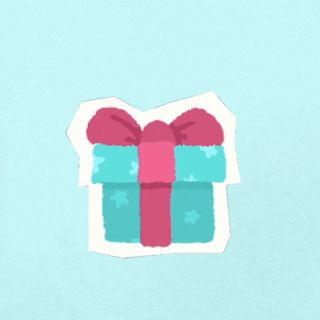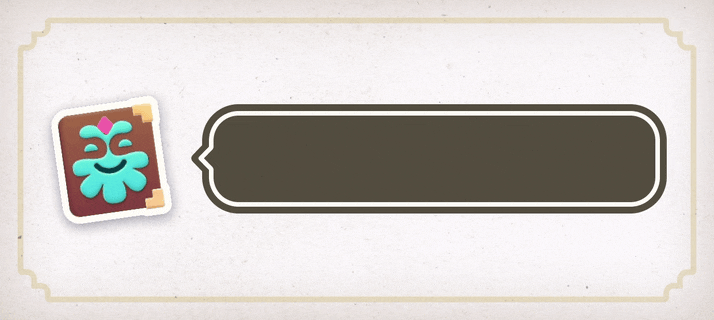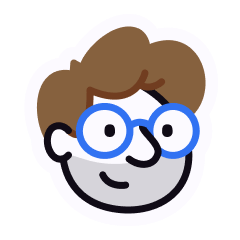PRODUCT: Magic Land | CLIENT: Estante Mágica | KEY ROLES: Creative Direction, Product Design, UI/UX
Estante Mágica is one of Brazil’s main social impact edtech companies and Latin America’s largest reading and writing project. Its main product enables more than 2.5 million kids in 8 countries to become authors of their own books for free.
I was asked to create a B2C product using all the UGC (user-generated content) and engage kids to keep creating.
Product vision and Prototypes
After exploring Estante Mágica’s business models (B2B and B2C), users, and products, I ran a session with stakeholders to better understand their vision for the company and their objectives for this new product.
We then explored a variety of concepts and prototypes (both internally and through user interviews) to identify the path that best met user and business needs.
The road to Magic Land
The data we gathered showed that a game was the way to go. Aligning what our target users played with the context and needs of the business led us to create Magic Land — a world-builder game based on kids’ stories.
In this magical place, players can create their own island (and visit friends’ islands), with inhabitants, mini-games, and decorations using the characters and drawings made in the classroom for their book.
I was responsible for the concept, storyboard and direction of this campaign aired in Bett Brasil. Gustavo de Oliveira is the video editor who brought this to life.
This solution enabled us to:
• Integrate the game with the company’s platform (Estante Mágica’s main product);
• Reduce UGC curation (since all content had already been reviewed by teachers for the project) while offering a safe and creative space for kids;
• Deliver the type of experience our users were looking for — empowering, customizable, social, and fun.
The company didn’t have any experience developing games, but after testing co-development with an external partner, we decided to take the risk and build a small team to develop it in-house.
As the sole designer on the team (responsible for project/team leadership, game design, user experience, art direction, and asset creation), I had to optimize our strategy (mainly game mechanics and team processes) to make the game viable.
Magical Juice
Presenting users’ content in a way that feels empowering to them and others is no easy task. Relying solely on a raw uploaded drawing, for example, wouldn’t convey the idea of a character coming to life.
It was therefore essential for us to create a visually appealing experience that seamlessly integrated users’ content with the game’s assets. Additionally, giving it a tactile feel — as if it had just jumped from the real world into a fantastical one — would help enhance immersion.
In approaching the art direction and visual style, I balanced what could be achieved with the resources available and what would work well with users’ drawings. The rough aesthetic of cut paper, classic ornaments found in fantasy books, and vibrant, cartoony illustrations came together in a unique style that was further enhanced by a variety of micro-interactions and animations.










Becoming a Game Creator
One of Magic Land’s highlights (and most popular feature) is the ability for kids to easily create games using their own drawings. To streamline the experience, we developed game templates that could be customized with pre-selected or custom assets.
Each player can create as many games as can fit on their island, travel to friends’ islands to view their creations, and compete in local or global rankings.
Evolving to Enchant
While the scope of the first version was defined and under development, we continued researching and talking to users about the future of Magic Land.
This led us to some great new features that delighted stakeholders and enchanted users. Notable examples include: AI Buddy, CineMagic and Air Pigeon.
Even after releasing those other features, we were always looking for new ways for players to immerse themselves in that creative flow and explore new ideas. Exploring solutions both within and outside the game, as well as investigating new technologies and how they could impact or change the company’s business strategy, kept the team and stakeholders engaged in the future of Magic Land.
From left to right: ML mugs (with custom background and character), CineMagic booth for Bett Brasil event and ML's physical playset prototype.
The primary goal of Magic Land was to offer kids a free tool to stimulate their creativity while having fun and showing them how magical their creations could be.
The game not only achieved that goal but also fostered partnerships with other edtech companies, enabling Estante Mágica to impact even more lives through education.







